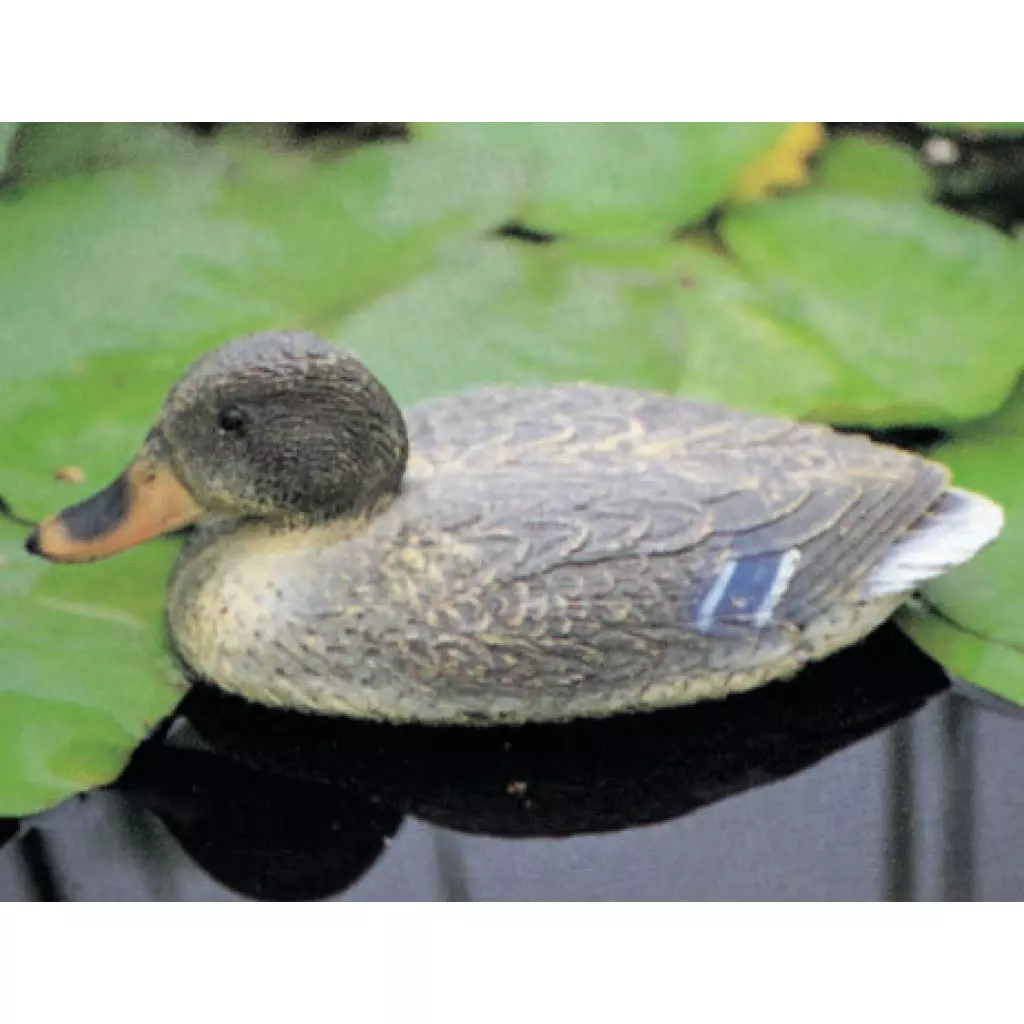

CHF 22.95
Stock: 1
Available, delivery time: 1-3 days

Female mallard as a pond figurine
0 of 0 reviews
Login
Similar products


CHF 22.95
Stock: 1
Available, delivery time: 1-3 days

0 of 0 reviews
Similar products

